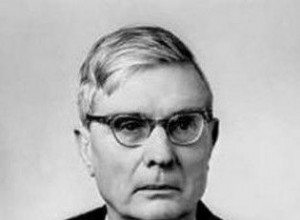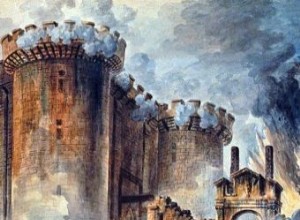November 1, 1911, Italy was in the midst of the Italian-Turkish war, and Giulio Gavotti , an Italian aviator, on this date at the first light of dawn left aboard his own Etrich Taube monoplane , a German-made monoplane, officially for a reconnaissance operation which, thanks to the individual in




